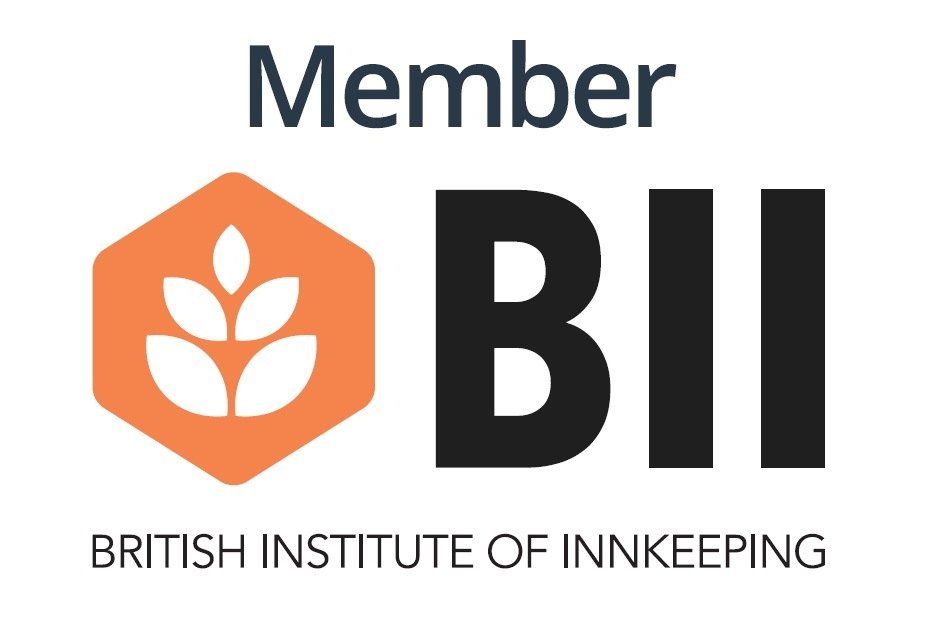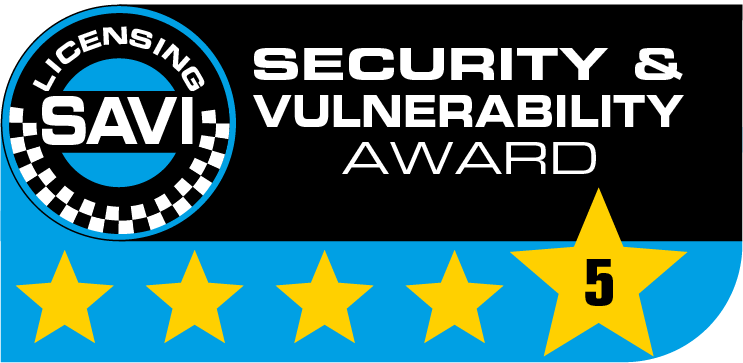Violence and Disorder Policy
Violence can be found in many forms, from verbal aggression to physical violence. The disorder can be classed as anything from; a small group of patrons pushing and shoving to a full-scale riot.
It is within a supervisor/staff member's roles and responsibilities to both identify and nullify potential threats and actual occurrences.
To identify potential violence and disorder a supervisor/staff member must recognise potential signs from the moment that the patron walks towards or queues at the front door.
How to identify signs of violence/disorder outside of the Venue
A supervisor/staff member is considered the most important role of the team. The reasons for this are quite simple. An initial contact supervisor/staff member is responsible for setting the tone and atmosphere of the patrons entering the venue. I.e. if you greet a patron with a smile and friendly attitude, patrons are more likely to respond in the same manner, creating a positive attitude from the moment they walk into the venue. If however, the initial contact with the supervisor/staff member has a poor attitude, then again patrons are likely to respond in a similar, this is called mirror imaging. It is also imperative that the initial contact staff member is aware and analyses every potential patron for signs of potential violence and disorder. They will achieve this by recognising the individual signs that can lead to a situation within the venue. The signs all staff are looking for will include:
- Persons who are already intoxicated;
Allowing intoxicated patrons into the venue, can lead to a misjudgement of a situation or conversation, and escalate into violence/disorder.
- Persons who are under the influence of drugs;
When checking patrons into the venue, you must check for signs of drug abuse. Drugs have different effects on patrons, however, a person under the influence of drugs do give away certain signs of abuse.
These signs can include:
- Dilation of the pupils
- Gurning (the chewing of the inside of the mouth)
- Lowered Inhibition, resulting in extreme confidence and ‘cocksureness’.
- Over exuberant behaviour
This can be in many forms such as; play fighting, pushing and shoving, shouting, making derogatory comments to the opposite sex, smoking in the no smoking areas, and signing and chanting loudly aggressive demeanour.
Initially, you will be able to create a dynamic risk assessment for each particular individual and should be able to validate their own threat analysis for both the patron and the venue. If the patron fails to meet the criteria that have been set and analysed by the staff, then the patron should not be allowed into the venue as he/she could pose the threat of violence and disorder.
The effects of refusing entry:
Once the supervisor/staff member has made their final decision and refuses a patron entry to the venue for fear of violence and disorder, they must then make every effort to ensure that the patron they have refused, does not cause violence or disorder outside of the venue. All supervisors/staff members are trained in the techniques which encompass conflict management.
The supervisor/staff member will display these skills by being calm, controlled and concise with their use of language, pitch and tone of their voice. They will at all times have a non-aggressive stance. The reasoning behind this is quite simple; if a supervisor/staff member does not raise his voice, tone or pitch and remains calm and controlled more often than not the patron will lower their own voice pitch and tone to mirror that of the supervisor/staff member. This should be enough to ensure that no situation escalates into violence or disorder, therefore eliminating the problem before it has arisen.
On the rare occasions that the above has been ineffective and the patron has increased their level of aggression, it is imperative that the supervisor/staff member understands what their next steps are.
- inform the patron that their actions are being monitored by the CCTV surveillance and those images will be passed on to the local authorities
- Inform the patron that if they do not leave the area immediately, the police will be called and they will be removed from the area.
If these warnings are still not adhered to and the patron becomes physically aggressive towards the staff, you must only use minimal force. Enough force to protect him from injury or harm. If it is necessary to restrain the patron, then there should be at least two supervisors/staff members present to witness the actions that have taken place.
Once the patron has been restrained, the supervisor/staff member must immediately contact the police. Once the police have arrived they will take over the situation.
What happens when Violence and Disorder occur within the premises?
Sometimes it is not possible to stop incidents of violence and disorder within the venue. As patrons become more intoxicated, their inhibitions increase, and on occasion so do their levels of aggression.
It is important that all security personnel within the venue are looking for these signs of aggression.
Once a patron has been identified as becoming either violent or disorderly, it is the role of the supervisor/staff member within the venue to nullify the potential threat to other patrons, the venue and also themselves.
When an incident of violence or disorder occurs, the supervisor/staff member on the scene will make a dynamic risk assessment and decide upon the best course of action. The supervisor/staff member will use his radio to call for assistance in the area that he/she is in. Once the backup has arrived there will be several courses of action that can be taken, depending upon the severity of the situation.
If for instance, two patrons are arguing. It may be possible for the supervisor/staff member to mediate between the two parties and a peaceful resolution will be found. In this instance, it may be possible that neither party will be removed from the venue.
If it is necessary to remove a patron(s) from the venue, then they will be removed via the nearest available exit. This will minimise the disruption to other patrons within the venue. By using the nearest available exit we also minimise the risk to other patrons. No patron will be removed by one single staff, it is good practice that at least two are present to witness the actions of the other.
If, however, the situation is more serious, then it may be possible that minimal force has to be used to remove the patrons. Patrons will only be removed with minimal force if absolutely necessary. Please see the table below for an example of a policy.
Level Threat Remove Type of Force Police Evidence
- 1 Verbal Argument No None No CCTV
- 2 Verbal Aggression Yes None No CCTV
- 3 Threatening Behaviour Yes None/Minimal Yes CCTV
- 4 Assault Yes Minimal Yes CCTV
- 5 Assault with Weapon Yes Detain Police Yes CCTV
- 6 Mass Disorder Yes Police Yes CCTV
- 7 Riot Yes Police Yes CCTV
It is the venue’s policy that all reported incidents of violence and disorder are documented for future reference and possible prosecution on the Slack incident channel and reported on the Pubwatch communication app. by the supervisor/staff member. All incidents that require Police attention will have all evidence and material available to assist the police in their investigation. Any Physical evidence will be logged and placed into evidence bags and then handed over to the authority.






